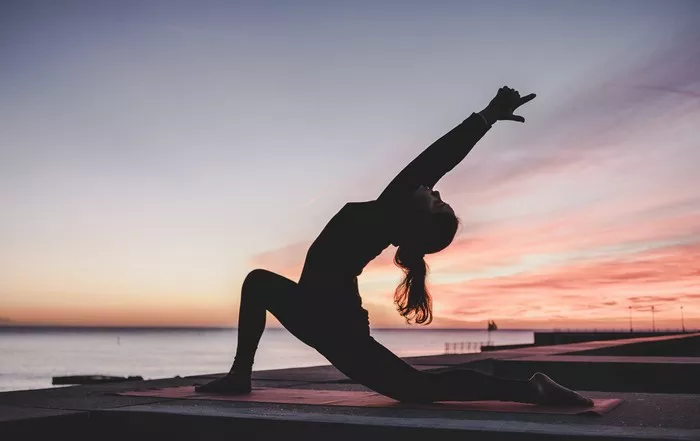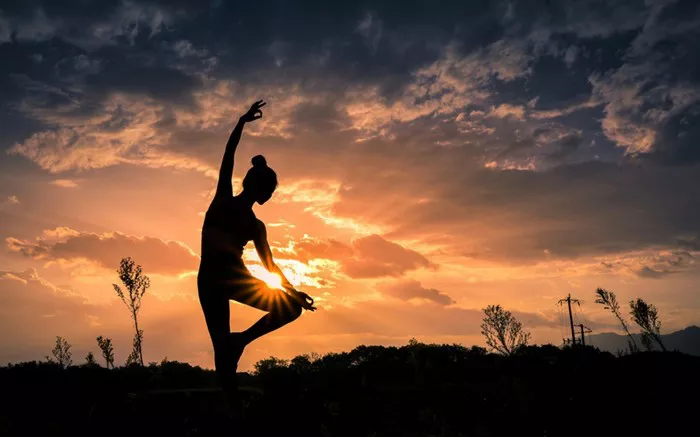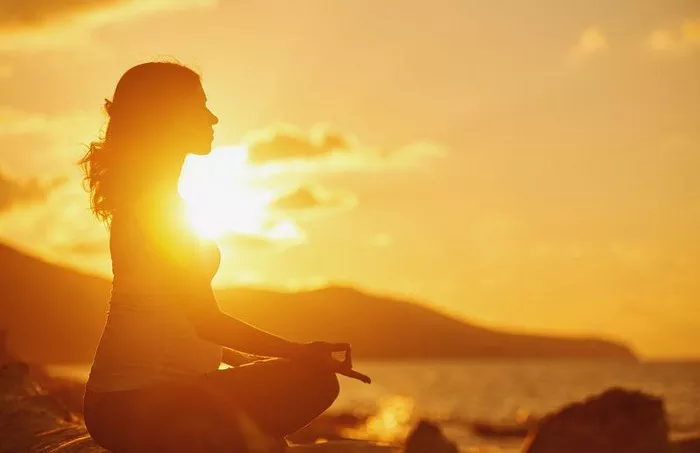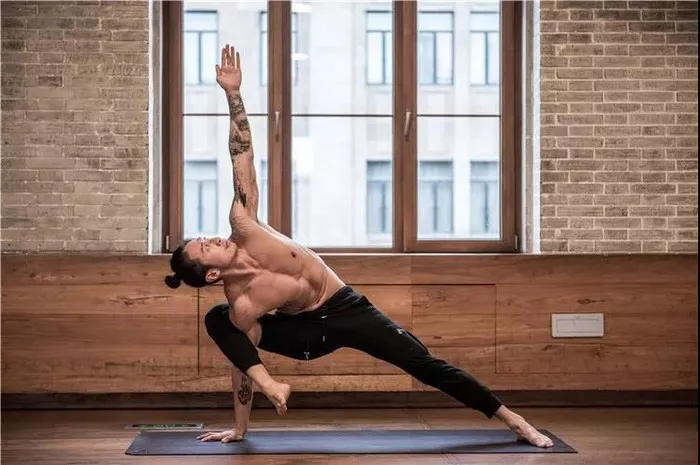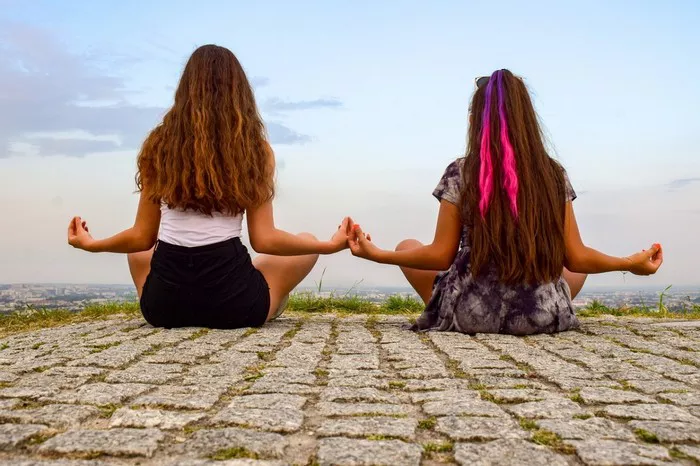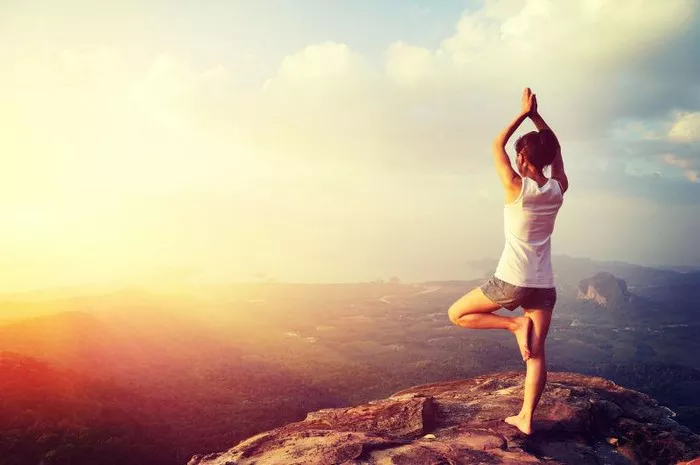The ancient text, Patanjali Yoga Sutras, stands as one of the most important scriptures in the philosophy and practice of yoga. Within its teachings lies a crucial practice known as pranayama, which means the regulation and control of breath. Pranayama is central to the eight limbs of yoga described by Patanjali, and it acts as the bridge between the physical postures (asanas) and meditation (dhyana). Understanding pranayama through the lens of the Yoga Sutras offers profound insights into how this practice can benefit the body, mind, and spirit.
This article explores the role of pranayama in Patanjali’s Yoga Sutras, examining its history, techniques, significance, and impact on modern life. The goal is to provide a thorough guide to incorporating pranayama into one’s yoga practice for achieving balance, clarity, and spiritual growth.
1. The Legacy of Patanjali and the Yoga Sutras
1.1 Patanjali: The Father of Yoga
Patanjali is considered the father of yoga due to his significant contributions in organizing and codifying the teachings of yoga into the concise and systematic text known as the Yoga Sutras. While the origins of yoga date back over 5,000 years, Patanjali is credited with organizing this diverse body of knowledge around 200 BCE into a comprehensive framework.
The Yoga Sutras contain 196 sutras (aphorisms) and serve as a guide to self-discipline, meditation, and ethics. It explains the ultimate goal of yoga: achieving union between the self (atman) and the universal consciousness.
1.2 The Structure of the Yoga Sutras
Patanjali’s Yoga Sutras are divided into four chapters:
Samadhi Pada (On Contemplation) – Covers the nature of the mind and the ultimate goal of yoga.
Sadhana Pada (On Practice) – Focuses on the practical application of yoga, including the eight limbs of yoga, one of which is pranayama.
Vibhuti Pada (On Powers) – Discusses the powers and extraordinary abilities that arise from dedicated yoga practice.
Kaivalya Pada (On Liberation) – Centers on the final liberation and freedom from suffering.
The second chapter, Sadhana Pada, is where Patanjali introduces the concept of pranayama, demonstrating its importance in the yogic journey.
2. What Is Pranayama?
2.1 Defining Pranayama
Pranayama is derived from two Sanskrit words: prana, meaning “life force” or “vital energy,” and ayama, meaning “to control” or “to extend.” Together, pranayama refers to the control and extension of the breath, which is believed to regulate the life force within the body.
2.2 The Purpose of Pranayama in Yoga
Patanjali presents pranayama as one of the eight limbs of yoga, highlighting its importance as a preparatory practice for meditation and deeper spiritual awareness. In the context of the Yoga Sutras, pranayama serves several purposes:
Physical Benefits: Pranayama helps purify the body and strengthen the respiratory system.
Mental Clarity: Regulating the breath allows the practitioner to still the fluctuations of the mind, leading to heightened focus and calmness.
Spiritual Growth: Pranayama acts as a gateway to meditation, allowing the practitioner to connect to higher levels of consciousness.
3. Pranayama and the Eight Limbs of Yoga
3.1 Overview of the Eight Limbs
Patanjali’s Ashtanga Yoga is known as the eight-limbed path. Each limb represents a stage of spiritual evolution. The eight limbs are:
Yama: Ethical restraints or moral disciplines.
Niyama: Personal observances for self-discipline.
Asana: Physical postures.
Pranayama: Control of the breath.
Pratyahara: Withdrawal of the senses.
Dharana: Concentration.
Dhyana: Meditation.
Samadhi: Enlightenment or union with the divne.
Pranayama is the fourth limb and acts as a transition between the physical aspects of yoga (asanas) and the more meditative practices (pratyahara and beyond).
3.2 The Role of Pranayama in the Eight Limbs
Pranayama is essential for quieting the mind and body in preparation for meditation. While physical postures build strength and flexibility, pranayama provides practitioners with the ability to control their mental state through conscious breathing. In doing so, it purifies the nadis (energy channels), enabling the practitioner to move closer to achieving higher states of consciousness.
See also: Ujjayi Pranayama: The Victory Breath of Yoga
4. Types of Pranayama in the Patanjali Yoga Sutras
4.1 Basic Types of Pranayama
Patanjali does not elaborate on specific pranayama techniques in detail within the Yoga Sutras. However, over time, yogic traditions have developed a variety of pranayama methods. Some of the most common types include:
Ujjayi Pranayama (Ocean Breath): A deep, rhythmic breath with a slight constriction of the throat, producing a sound reminiscent of ocean waves. This technique calms the mind and helps practitioners maintain focus during their practice.
Nadi Shodhana (Alternate Nostril Breathing): Involves alternately closing one nostril while breathing through the other, balancing the flow of energy in the body and mind.
Bhastrika Pranayama (Bellows Breath): A forceful breathing technique that involves rapid inhalations and exhalations. It energizes the body and mind, clearing out stagnation.
Kapalabhati Pranayama (Skull Shining Breath): Consists of powerful exhalations followed by passive inhalations, often practiced for its detoxifying and energizing effects.
4.2 Advanced Pranayama Techniques
Sitali and Sitkari: Cooling breathing techniques that lower body temperature and soothe the nervous system.
Bhramari (Humming Bee Breath): A calming technique that involves a humming sound, which quiets the mind and promotes relaxation.
5. The Benefits of Pranayama
5.1 Physical Benefits
Improved Lung Capacity: Pranayama increases lung efficiency and respiratory function, leading to better oxygenation of the body.
Detoxification: Deep, controlled breathing helps flush out toxins and improve digestion.
Better Circulation: Proper breathing enhances blood flow, benefiting cardiovascular health.
Strengthened Immune System: Regular pranayama practice has been linked to increased immunity by reducing stress and improving overall health.
5.2 Mental Benefits
Calmness and Stress Relief: Pranayama has a direct impact on the autonomic nervous system, promoting relaxation and reducing anxiety.
Improved Focus and Concentration: By controlling the breath, the practitioner learns to control the mind, leading to enhanced concentration and mental clarity.
Emotional Balance: Pranayama helps regulate emotions, preventing stress and emotional instability.
5.3 Spiritual Benefits
Preparation for Meditation: Pranayama serves as the foundation for meditation, helping the practitioner move beyond the distractions of the physical body and mental chatter.
Connection to Higher Consciousness: Through breath control, pranayama facilitates a deeper connection to the inner self, enabling practitioners to tap into higher states of awareness.
6. Incorporating Pranayama into Your Practice
6.1 Starting a Pranayama Practice
For beginners, it’s essential to start slowly and learn basic pranayama techniques under the guidance of an experienced teacher. Practice should begin with a few minutes of simple breath awareness, gradually working up to more advanced techniques.
6.2 Combining Pranayama with Asana and Meditation
Pranayama should ideally be integrated into a well-rounded yoga practice that includes physical postures (asanas) and meditation. The order of practice is usually:
Asana: To prepare and purify the body.
Pranayama: To still the breath and mind.
Meditation: To transcend the physical and mental planes.
7. The Importance of Guidance and Consistency
7.1 Learning from a Qualified Teacher
Pranayama is a powerful practice, and learning from a qualified instructor is crucial for ensuring safety and effectiveness.
Instructors can provide personalized guidance, helping to refine technique and prevent potential issues related to improper practice.
7.2 Consistency Is Key
Like any practice, consistency is essential to reap the full benefits of pranayama. Daily practice, even if brief, leads to long-term benefits for both the body and mind.
8. Conclusion: The Transformative Power of Pranayama
Patanjali’s teachings on pranayama offer a pathway to physical, mental, and spiritual transformation. Whether practiced for its calming effects or as part of a deeper spiritual journey, pranayama is a powerful tool for connecting breath, body, and consciousness. By integrating pranayama into a regular yoga practice, individuals can achieve balance, inner peace, and a greater sense of self-awareness.
Related topics:
The Breath of Precision: Exploring Iyengar Yoga Pranayama
Breath of Ashtanga Yoga: Knowing Pranayama for Transformation


